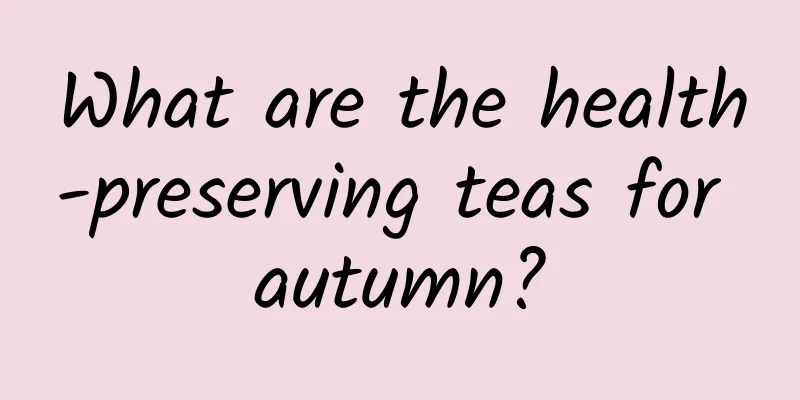The difference between old crane grass and old geranium

|
The leaves of Geranium are opposite, palmately 5-parted, with oblong or angular lobes and lanceolate bracts. The old crane grass has five deep lobes, the lobes are obovate wedge-shaped, and the bracts are ovate-triangular. Flowers: Geraniums are axillary and are creamy white or light purple. The old crane grass is axillary or terminal, and is milky white or dark red. 1. Leaf Difference The leaves of Geranium are opposite, the basal leaves and the leaves below the stem have long petioles, the lower leaves are kidney-shaped pentagonal, the tip is heart-shaped, palmately 5 deeply lobed, the lobes are oblong or prismatic, the ones above the middle are serrated pinnate, the bottom is wedge-shaped, and the bracts are lanceolate. The basal leaves of Crane Grass are round and kidney-shaped, with 5 deep lobes, and the lobes are obovate wedge-shaped. The stem leaves are 3-lobed, and the lobes are long ovate or wide wedge-shaped. Bracts are ovate-triangular. 2. Differences in Flowers The inflorescence of Geranium is flocculent, growing singly on the petiole, with opposite bracts, dark brown in color, calyx ovate-elliptical, and flowers milky white or light purple in color, obovate in shape. The head inflorescence of Crane Grass is terminal or axillary, the bracts are subulate, the calyx is long ovate, the flower shape is similar to the previous one, and the color is milky white or dark red. Perennial herb, 30-50 cm tall. The underground stem is upright, thick, with clusters of fibrous long and thin roots, and the upper end is surrounded by residual basal bracts. Stem erect, single, furrowed, pseudo-dichotomously branched, oblate with short soft hairs, sometimes adjointly with glandular hairs. Basal leaves and stem leaves opposite; stipules ovate-triangular or narrowly lanceolate at the upper end, 5-8mm long, 1-3mm wide, basal leaves and leaves below the stem with long petioles, petioles 2-3 times longer than leaves, covered with short soft hairs, stems at the upper end of the stem gradually shortened or nearly sessile; basal leaves are round-kidney-shaped, 3-5cm long, 4-9cm wide, 5 deeply lobed to 2/3, lobes obovate-wedge-shaped, entire below, irregularly serrated at the upper end, stem leaves 3-lobed to 3/5, lobes long-ovate or broadly wedge-shaped, serrated shallowly lobed at the upper end, long acuminate at the apex, surface covered with short procumbent hairs, reverse side covered with short rough hairs along veins. Both can treat rheumatism, but geranium can also treat numbness, cramps, diarrhea, dysentery and other symptoms; and geranium can also have antiviral treatment, and has the effect of nourishing the liver and inhibiting bacteria. Therefore, they are not the same kind of Chinese medicinal materials, so be careful not to confuse them when using them in practice. |
<<: 13 Chinese Herbs for Hair Growth
>>: How to take dandelion for medicinal purposes
Recommend
How to treat chest tightness, tips for daily conditioning
I don’t know if you have ever had this experience...
Chinese Herbal Medicine Saposhnikovia
Saposhnikovia divaricata is a very common Chinese...
How to fix heel off the ground
There are many reasons why the heels do not touch...
What is joint deformity?
Many people will find that their joints were norm...
How to treat children with poor physical constitution? What to eat is better?
Because children's internal organs are delica...
What is the disease of women's urine smelling bad? The following smells of urine should not be ignored
The urine of a healthy person has a very slight o...
The causes of vaginal itching can be treated from both local and systemic aspects
Vaginal itching is believed to be a gynecological...
What causes ankle pain?
Most people have more or less experienced or hear...
What is good to eat with Poria cocos?
Everyone has eaten Poria cocos, right? It is a ve...
Treatments for epilepsy
As the times of life continue to accelerate, many...
What are the exercises to strengthen the kidneys and consolidate sperm?
People's physical fitness in modern society c...
What to do if the skin is broken after a burn
In fact, being a chef is not easy. Not only do yo...
Women, do you dare to wear this "ring" again?
What we are talking about today is not the ring, ...
What is the disease of bone pain
Some patients with rheumatism and rheumatoid dise...
Princess Taiping's self-esteem was hurt? Breast enhancement diet helps you eat bigger
Princess Taiping was originally the name of a pri...









